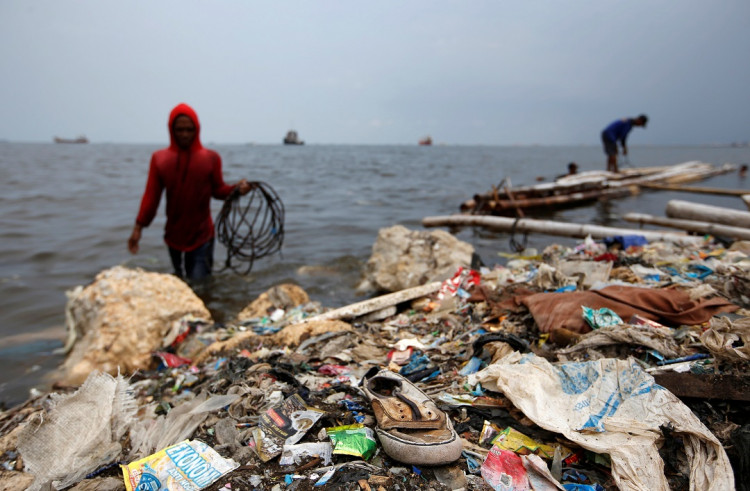The ocean has amassed unbelievable amounts of plastic that finding all of the pieces seems like an impossible feat. But a team of UK researchers has for the first time used satellite data to detect tiny pieces of plastic in the world's oceans.
According to a study published in the journal Scientific Reports, the pioneering method can identify plastics down to 5 millimeters in size. It's also able to distinguish the difference between natural materials and plastics.
Each year, millions of tons of plastic debris make their way into the oceans, and they end up either floating or sinking. Some plastic pieces end up being ingested by marine animals, while others, unfortunately, get entangled in the bigger pieces. Over time, the plastics break down into tiny particles called microplastics.
It is essential that we clean up plastic debris before they break down into tinier pieces or cause harm to marine life. Cleanup initiatives are ongoing, but a way to perform a massive and more effective hasn't been found yet until recently.
Given satellites are capable of circling the Earth repeatedly and capture images on a global scale; these machines have the hugest potential to find and detecting plastics floating in the oceans. A problem, though is, the resolution provided by satellites may not be good enough to detect microplastics.
This is where artificial intelligence (AI) comes in. Lauren Biermann and her colleagues at the Plymouth Marine Laboratory in the UK found a way to make plastic detection more efficient by way of combining satellite data with AI. They use data from the Sentinel-2A and 2B Earth observation satellites, which were launched by the European Space Agency (ESA) in 2015 and 2017. The satellites have a spatial resolution of 10 meters, but they can detect multiple wavelengths of light.
Essentially, the researchers look for the visible and infrared light signals that plastic reflects. The images are then analyzed pixel-by-pixel by machine-learning algorithms.
To test this technology, they attempted to identify foreign materials floating on the waters of east Scotland, Canada, Vietnam, and Ghana. The team successfully identified plastic debris from the other debris found in the ocean like wood and seafoam.
"Being able to detect marine litter close to land may aid clean-up operations before discarded items are exported, fragmented, or sunk below the surface of the water," the researchers wrote. It should be possible to use this approach with drones and future high-resolution satellite missions, they added.




